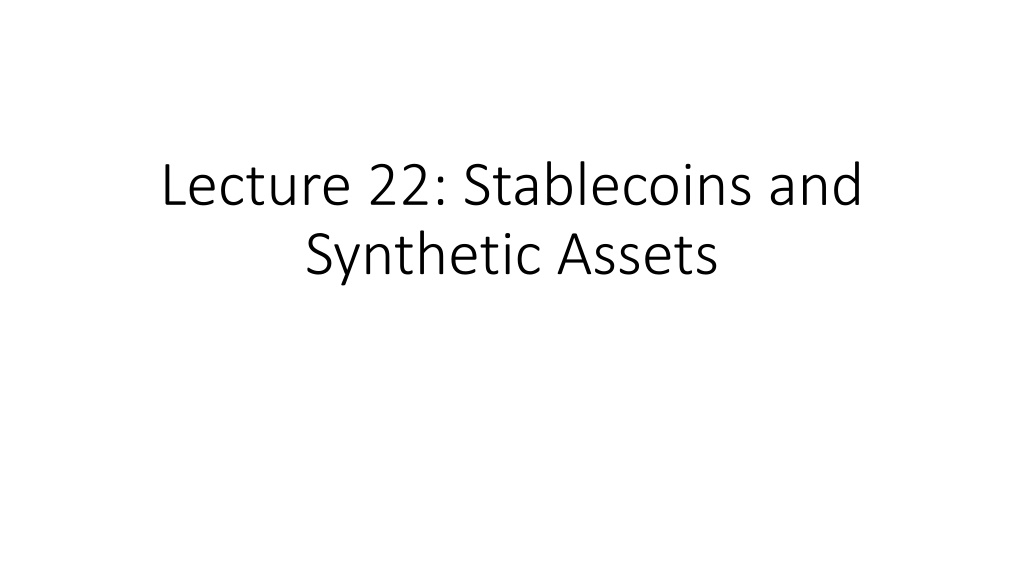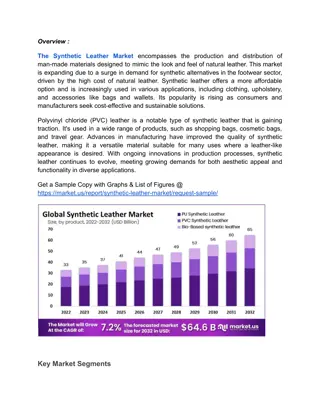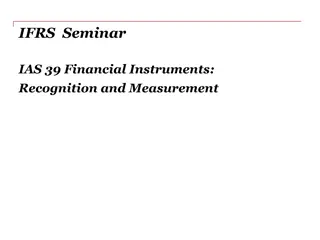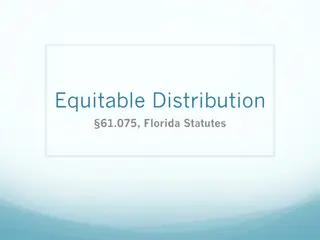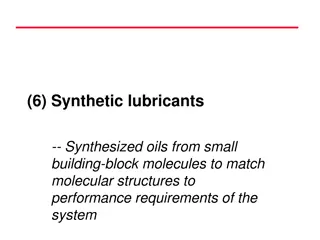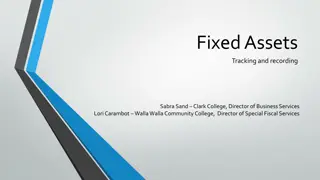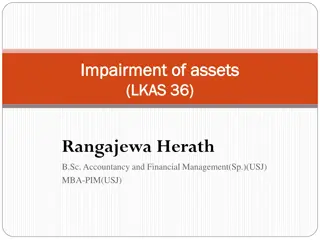Understanding Stablecoins and Synthetic Assets
Stablecoins are cryptocurrencies designed to minimize price volatility by pegging their value to another stable asset like fiat currency. They provide stability and are used in various price stabilization mechanisms. Central Bank Digital Currencies (CBDCs), fiat-collateralized stablecoins, crypto-collateralized stablecoins, and non-collateralized stablecoins are key components in the realm of stablecoins and synthetic assets. Each type has its unique characteristics and functions within the digital currency ecosystem.
Uploaded on Oct 03, 2024 | 0 Views
Download Presentation

Please find below an Image/Link to download the presentation.
The content on the website is provided AS IS for your information and personal use only. It may not be sold, licensed, or shared on other websites without obtaining consent from the author. Download presentation by click this link. If you encounter any issues during the download, it is possible that the publisher has removed the file from their server.
E N D
Presentation Transcript
Lecture 22: Stablecoins and Synthetic Assets
Cryptocurrencies Decentralized, global transparency, programmability Functions of money Medium-of-Exchange, Store-of-Value, Unit-of-Account Price volatility BTC / USD
Stablecoins Price is pegged to another stable asset Fiat currencies relatively stable Inflation Tether / USD
Price Stabilization Mechanisms CBDC: centralized fiat-equivalent digital currencies Collateralized stablecoin: use fiat, commodity, crypto as collaterals Non-collateralized stablecoin: algorithmic peg
Price Stabilization Mechanisms Digital currencies Stablecoins Collateralized Non-collateralized CBDC Crypto-backed Algorithmic Fiat-backed Tether AMPL E-CNY Basis Diem E-Krona DAI Decentralized
Central Bank Digital Currencies Price pegged to the value of that country's fiat currency Issued and regulated by a nation's monetary authority May not need blockchains
Fiat-collateralized Stablecoin Uses fiat money as collateral Example: Tether Simple, 1-to-1 USD-Tether exchange A centralized custodian to manage collateral and issue new stablecoins
Crypto-collateralized Stablecoin Uses different assets as collateral Example: MakerDAO Deposit ETH to open collateralized dept positions (CDPs) Mint DAI tokens Return DAI tokens to unlock ETH Over-collateralized problem
Non-collateralized Stablecoins Algorithmic supply adjustment When price > $1, increase supply When price < $1, decrease supply
Non-collateralized Stablecoins Protocol layer Variable mining rewards: When price > $1, increase mining rate (by increasing mining rewards) Lock-in mining: control mining rate when price < $1 Example: UST (Terra USD). Third most popular stable coin after USDC and USDT Application layer Seigniorage Share: adjust supply through shares
Synthetic Assets Digital representations of derivatives Cryptocurrency: WBTC, WETH Stock: Apple, TSLA Commodity: gas, gold Index: ETF
Synthetic Assets Price is pegged to another asset WBTC / BTC WBTC / USD
Example: Mirror Protocol DeFi protocol on the Terra network Roles Minter: generate synthetic assets (called mAssets) as CDPs (collateralized debt positions) Trader: buy and sell mAssets Liquidity provider: provide mAssets and TerraUSD to TerraSwap Staker: stake liquidity tokens or MIR tokens
Example: Mirror Protocol Mint: deposit TerraUSD or mAssets to mint new mAssets Open collateralized debt positions (CDPs) for minting Maintain minimum collateral ratio (MCR) Minting price is pegged to Oracle Burn: burn mAssets to get collateral returned Trade: similar to Uniswap Trading price is determined by reserve ratio
Liquidation As the price of an asset rises, minted mAssets may fall below the MCR and trigger a liquidation event When that happens, the Mirror protocol will automatically sell collateral to buy mAssets until the collateral ratio reaches the MCR again This buying pressure created for mAssets will drive prices higher and will help the price of mAssets converge with the price on the global markets
Liquidation When the minted asset s price rises and the collateral ratio falls below the minimum collateral ratio, the protocol will sell collateral to buy back shares of the minted asset to burn.
Example: Synthetix Use governance tokens SNX as collateral Mint: deposit SNX to mint sUSD Trade: usd sUSD to buy synthetic assets (called synths) Burn: repay synths to get SNX back
Synthetix: Infinite Liquidity Pools are not needed for exchanges Convert from one synth to another according to price oracles Up to the total amount of collateral Zero slippage
Other Protocols Universal Market Access (UMA) Lock collaterals to mint long / short tokens Sell long / short tokens to take long / short positions dYdX: perpetual contract markets Perpetual allows for exposure to arbitrary liquid assets Partially decentralized
